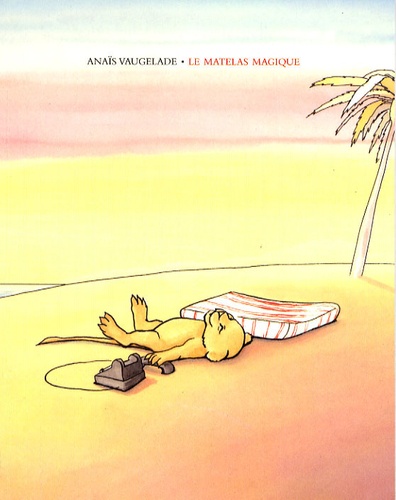Before I publish a post on classical Chinese art (went to a lecture about this recently), I really ought to mention my visit to the Musée d'Orsay in Paris on April 22nd. This museum on the Rive Gauche of the Seine used to be, and still looks like, a railway station, where many an emotional reunion took place after the Liberation. Nowadays you have to queue to have your bags checked before you can see the treasures inside.
Not having been here before, I felt duty-bound to walk through the Impressionist galleries. It was like an art book come to life. I shouldn't be judgemental, but to my mind, Monet was the greatest of the Impressionists. I saw his Giverny paintings, his haystacks, his seascapes (like the Grosse Mer à Etretat, with little people, cliffs and waves under a dark grey sky) and his Rouen Cathedral series. There's a wonderful painting of the wind or at least, the Effet du vent in pines and poplars. I like that one. The painting of his wife, Camille, on her deathbed, comes as a shock in the midst of the pretty scenes, but being the man he was, he couldn't not paint her; he painted everything else he saw. On the other side of the museum I also looked at his Déjeuner sur l'herbe in two vast frames. (I'd had no idea the original was that big.)
Manet did a famous canvas with the same title, also enormous, as was the controversial Olympia, though even she's not as likely to shock the unprepared viewer as is Courbet's fully frontal and uncompromising L'Origine du Monde, in front of which, when I came across it, a cluster of embarrassed Japanese tourists were doing their best to look the other way. (There is no equivalent to this picture in the whole of 19th century art, claimed the note alongside.) Probably they calmed down again in front of Corot's restful trees, such as Le Catalpa. I always think of my mother when I see a Corot painting. She too appreciates the presence of trees.
Renoir's painting of a Guernsey shore (1883) also reminded me of Mum because she and I sat in the same spot 110 years after Renoir, trying to sketch the same view. I like his idyllic Chemin montant dans les hautes herbes too, and Pissaro's Printemps with the pruniers en fleurs. The 18th century Chinese delighted in pruniers en fleurs as well, but I'm coming to them later.
Like the Canadian "Group of Seven" the Impressionists deliberately copied and were inspired by one another's ideas, and the museum makes this clear. So there's Manet's La Lecture (his wife, in white—the picture at the top of this blogpost) next to Renoir's Liseuse. Both Manet and Degas did a version of Le Tub (voluptuous woman in bath tub), embellished with pastel touches "like cosmetics." Baudelaire called cosmetics "une déformation sublime de la nature." That was another thing I learned at the museum.
There are wonderful light effects in Degas pastel dancers and nudes of the 1880s, fully fledged impressionism, but when you come to Toulouse Lautrec, the style is quite different, more sardonic, far less innocent, like a cartoon. His Danse Mauresque incorporates a caricature of himself and of Oscar Wilde in a top hat, looking awfully similar to Stephen Fry, a red-nosed pianist, and a girl doing the can-can.
Beyond the turn of the century art became "suggestion rather than description" (said Gauguin) so we have Redon's flying horses and a long-bearded viellard ailé (!) standing in an old church. With Edvard Munch fresh in my mind I noticed Vuillard's Figure de la douleur, a pastel portrait of a girl with explicit red hands who seems to be the twin sister of the one in Munch's Puberty. Technical "suggestion rather than description" was practised by the pointellists Signac, Cross and even Mondrian and Matisse in their early phases. Matisse's Luxe, calme et volupté (1904) stole its title from the poem L'Invitation au voyage by Baudelaire.
I had not heard of Signac and Cross, nor of Gustave Caillebot, nor Jean-Baptiste Carpeaux. His sculpture La Danse caught my eye—naked laughing girls and a young man with a tambourine in their midst—but there is a limit to one visit and I simply walked past the Van Gogh paintings of Auvers without stopping, too exhausted to take them in, escaping for lunch on the Boulevard St. Germain.


